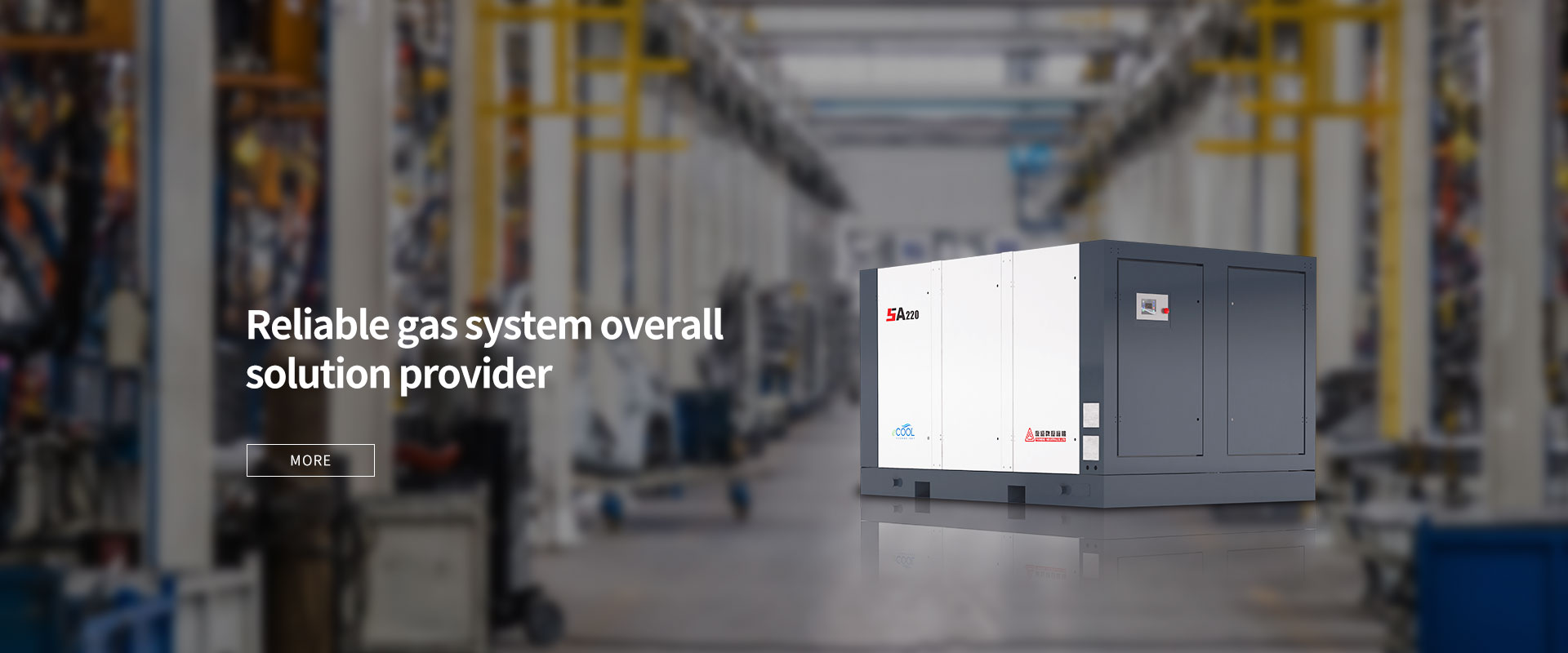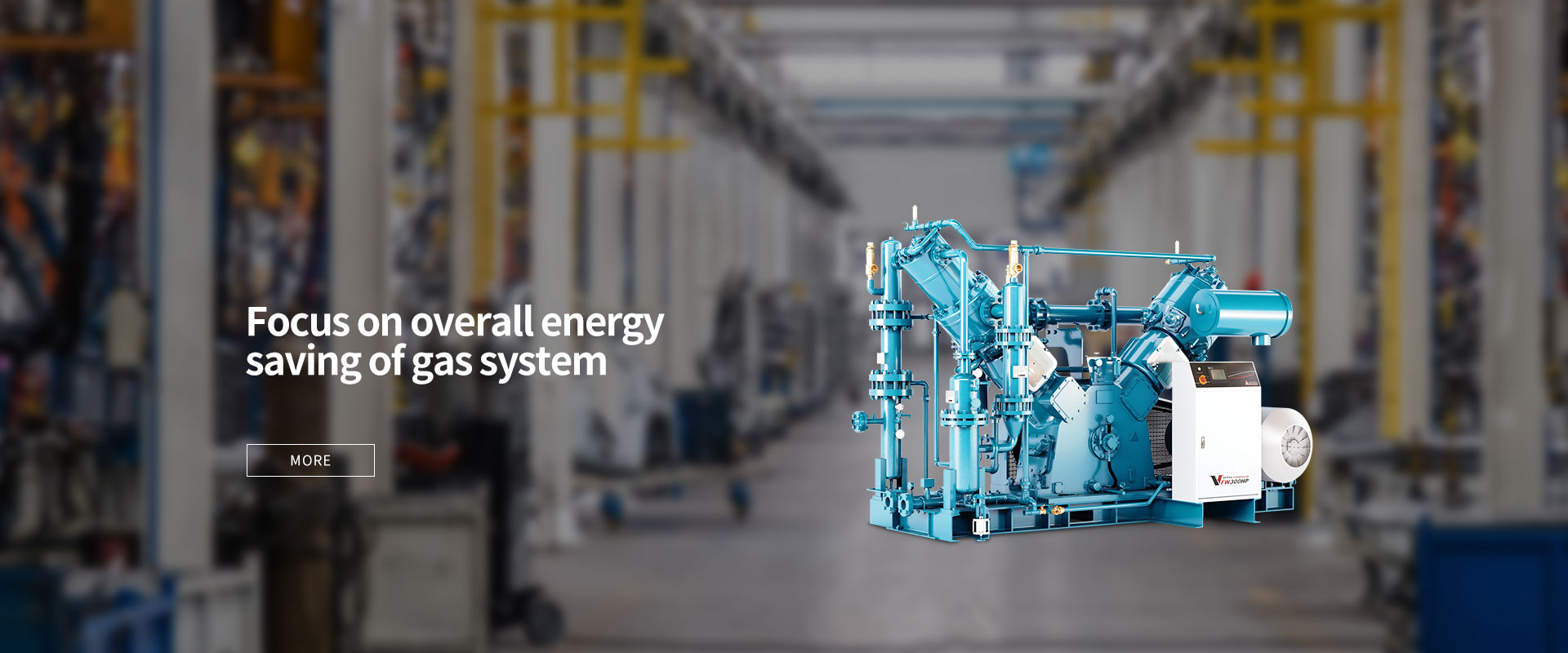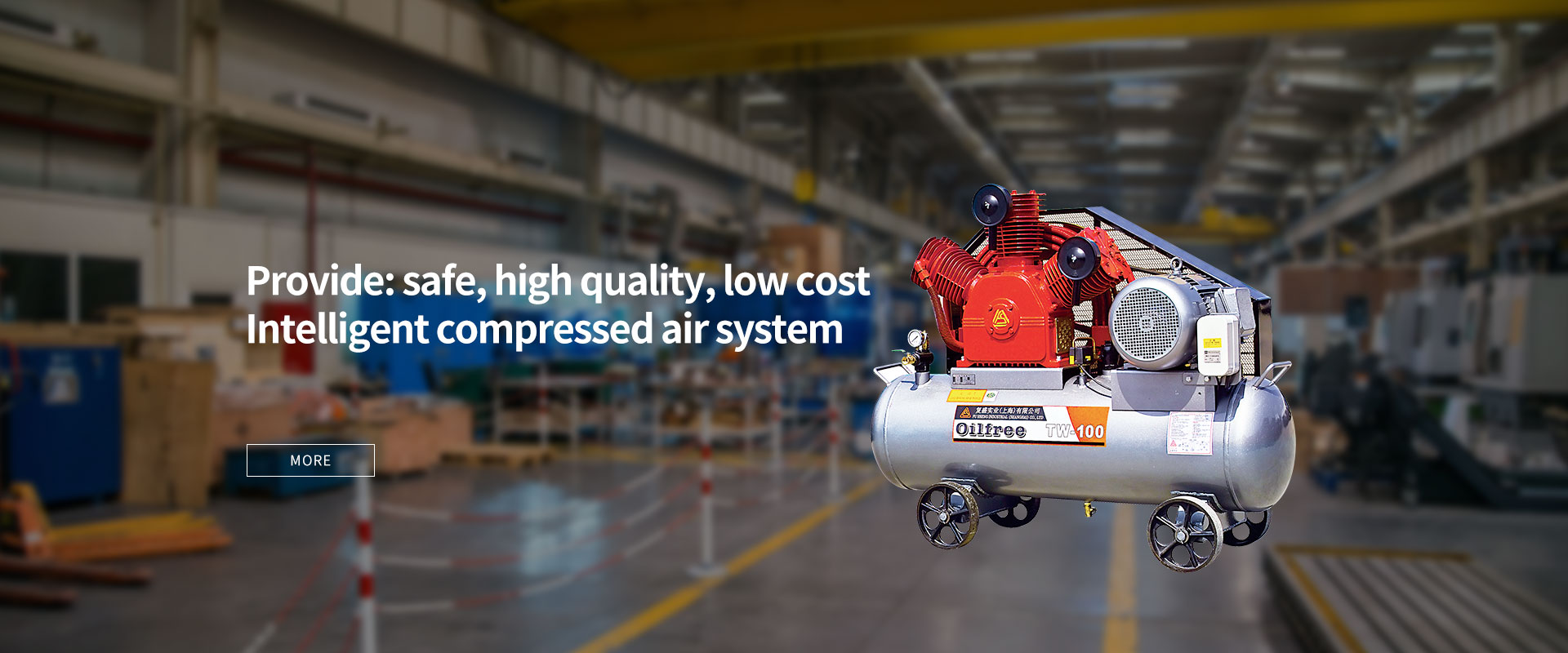Some knowledge of simple pressure vessels equipped with small air compressors
As a necessary product for air compressors, air storage tanks are widely used in various fields of production and life in my country. According to the safety factor of the gas storage tank, the gas storage tank is divided into a simple pressure vessel and a fixed pressure vessel.
1. Scope of use
1) Simple pressure vessel
The design pressure is less than or equal to 1.6MPa, the volume is less than or equal to 1000L, the product of the working pressure capacity and the container is greater than or equal to 2.5MPa, and less than or equal to 1000MPa, and the medium is water vapor from air, nitrogen and medical distilled water. The design temperature is greater than or equal to -20℃, and the maximum working temperature is less than or equal to 150℃.
2) Fixed pressure vessel
The highest working pressure is greater than or equal to 0.1MPa, and the product of working pressure and volume is greater than or equal to 2.5MPa. The holding medium is gas, liquefied gas and liquid whose maximum working temperature is higher than or equal to its standard boiling point. A fixed container with a volume greater than or equal to 30L and an inner diameter (non-circular section refers to the inner boundary of the section to the large geometric dimension) greater than or equal to 150mm.
2. Ontology Definition
1) Simple pressure vessel
The first threaded joint for threaded connection with external pipelines or devices, the first flange sealing surface for flange connection, the first sealing surface for special connection or pipe fittings; the pressure bearing of the opening part of simple pressure vessels Covers and their fasteners; welded joints connecting non-pressure components and simple pressure vessel bodies; safety valves, bursting discs (caps), pressure gauges, water level gauges, temperature measuring instruments and other safety accessories used.
2) Fixed pressure vessel
The groove face of the first circumferential welded joint for welding connection with external pipes or devices, the end face of the first threaded joint of threaded connection, the first flange sealing face of flanged connection, the special connector or the critical first 1 sealing surface:
The pressure-bearing cover of the opening part of the pressure vessel and its fasteners, and the connection weld between the non-pressure-bearing element and the pressure vessel.
3. Materials
1) Simple pressure vessel
The supplied state is hot rolled or normalized killed steel, the carbon content (smelting analysis) = not more than 0.25%, the phosphorus and sulfur content are not more than 0.045%, and the lower limit of the standard tensile strength at room temperature is less than 540MPa.
2) Fixed pressure vessel
The supply state is hot-rolled or normalized killed steel, and the lower limit of the specified tensile strength is less than 540MPa of low-alloy steel.
4. Manufacturing conditions
1) Simple pressure vessel
The manufacturing unit shall have the qualification for manufacturing any pressure vessel of grade A1, grade A2, grade C, grade D1 or grade D2. Simple pressure vessels of the same model can be produced in batches, and the batch production time shall not exceed 15 days. The number of batches, for the inner diameter DI≤400mm, according to the production order, no more than 1000 sets are in one batch, for the inner diameter Di≥400, according to the production order, no more than 500 sets are in one batch, the same batch of cans of the same model Only one manufacturing process and welding process can be provided. The quality supervision department can conduct manufacturing supervision and inspection on a batch basis.
2) Fixed pressure vessel
Each can should have a corresponding independent process card and welding process, and the quality supervision department needs to carry out flaw detection or manufacturing supervision inspection one by one.
5. Detection
1) Simple pressure vessel
For each batch of simple products, at least one unit must be selected for radiographic inspection. When the daily output is less than one batch, one unit must also be selected for radiographic inspection. Water pressure test is recommended, and air pressure test can be used for small containers; air pressure test is not recommended for large volumes; air pressure test should be carried out under the premise of ensuring safety.
2) Fixed pressure vessel
Each unit needs to be radiographically inspected. Hydraulic tests, pneumatic tests, and combined gas-liquid pressures can be used.

Official account QR code
Disclaimer: Some materials come from the Internet, if there is any infringement, please inform us to delete!
















